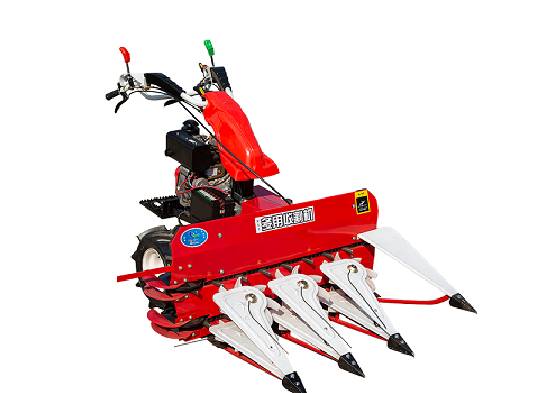Cost Analysis of Maize Harvesters and Their Market Trends
The Evolution of Maize Harvester Prices Factors and Trends
The agricultural machinery sector has witnessed substantial advancements over the years, particularly regarding efficiency and productivity. Among these innovations, the maize harvester stands out as a pivotal tool for ensuring successful maize farming. The price of maize harvesters can vary significantly, influenced by multiple factors such as technology, market demand, and regional economic conditions.
Technological Advancements
One of the primary contributors to the price of maize harvesters is the technology employed in their design and functionality. Traditional harvesters, which may lack the efficiency and speed of modern equipment, are generally more affordable. However, as technology has evolved, so too have the prices of premium harvesting machinery. Modern maize harvesters now come equipped with advanced features, such as GPS navigation, automated operation, and precision farming capabilities. These sophisticated tools allow farmers to maximize yields while minimizing labor costs and environmental impact.
The integration of smart technology in agricultural machinery has led to a surge in the prices of maize harvesters. Smart harvesters equipped with sensors can collect data on crop health, soil conditions, and yield estimates, providing farmers with invaluable insights. As a result, although the initial cost may be higher, the long-term savings and efficiency make these investments worthwhile.
Market Demand and Supply
The supply and demand dynamics in the agricultural industry also play a prominent role in determining maize harvester prices. In regions where maize is a staple crop, such as the United States and parts of Africa, demand for reliable and efficient harvesters is consistently high. Seasonal fluctuations, impacted by weather conditions and crop output, can create spikes in demand, further driving up prices. Conversely, during times of surplus or economic downturn, demand may drop, leading to decreased prices or even promotional offers from manufacturers.
maize harvester price

Additionally, as developing nations continue to invest in agricultural modernization, the demand for maize harvesters is on the rise. This heightened interest can lead to increased production costs, further influencing the market prices of new and used equipment.
Regional Economic Conditions
Regional economic conditions also significantly impact the price of maize harvesters. In wealthier nations with advanced agricultural sectors, farmers may be more willing to invest in high-end machinery, elevating the average price point. In contrast, in developing countries, the emphasis might be on affordability, leading to a market for less expensive, more basic models.
Moreover, import tariffs, taxes, and regional trade agreements can also affect the pricing landscape. For instance, countries that impose high tariffs on agricultural machinery importation may result in elevated prices for both new and used harvesters, forcing local farmers to either compromise on equipment quality or seek alternatives.
The Future of Maize Harvester Prices
Looking ahead, the prices of maize harvesters are likely to continue evolving in response to technological innovations and changing market dynamics. As sustainability becomes a more pressing global concern, manufacturers may invest in developing eco-friendly harvesters, which could initially command higher prices. However, as production scales and technology disseminates, prices may stabilize.
In conclusion, the price of maize harvesters is a complex interplay of technological advancements, market demand, and regional economic conditions. As farmers strive for greater efficiency and productivity, understanding these factors will be crucial in making informed decisions regarding the purchase of this essential agricultural equipment. Whether investing in traditional models or embracing cutting-edge technology, the ultimate goal remains the same to enhance maize production and support food security worldwide.
Latest news
-
When to Upgrade Your Old Forage HarvesterNewsJun.05,2025
-
One Forage Harvester for All Your NeedsNewsJun.05,2025
-
Mastering the Grass Reaper MachineNewsJun.05,2025
-
How Small Farms Make Full Use of Wheat ReaperNewsJun.05,2025
-
Harvesting Wheat the Easy Way: Use a Mini Tractor ReaperNewsJun.05,2025
-
Growing Demand for the Mini Tractor Reaper in AsiaNewsJun.05,2025
